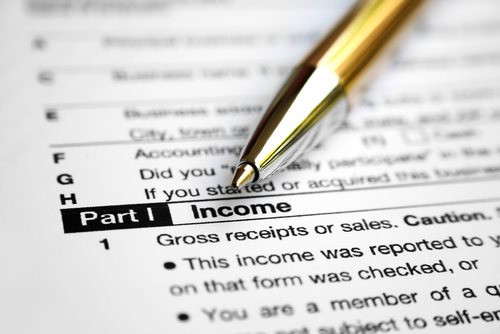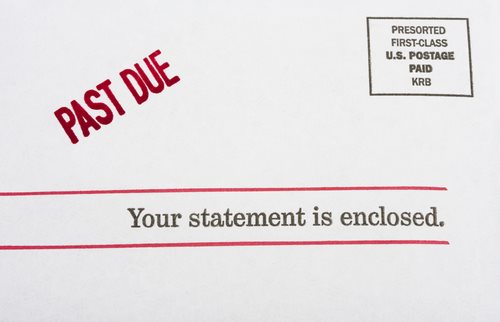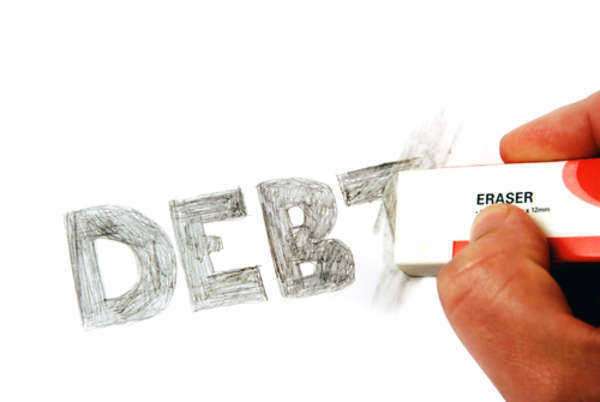Calculate Debt to Income Ratio

Debt to income ratio (DTI) is a financial ratio that represents the percentage of your income that goes on debt payment every month. It’s used by lenders to assess your ability to repay them back in the future. A lower DTI ratio means you have more disposable income, indicating less risk to lenders. In contrast, a higher DTI ratio means you have less disposable income, implying more risk to lenders.
DTI is an essential metric to measure your financial health because if you have too much debt, you’ll have difficulty obtaining new loans and might even face difficulty paying your everyday bills. In this article, we’ll explore the significance of DTI and how to calculate it.
Understanding Debt and Income
Before understanding the importance of collective debt and income, it’s essential to understand what debt and income are.
Debt is the amount of money that you owe to a lender or financial institution. Debt could include various loan types, such as:
– Car loans
– Mortgages
– Credit card bills
– Personal loans
The interest rates of these loan types vary; however, all debt comes with monthly payment obligations.
Income, on the other hand, is the money you earn from your profession or other sources every month. It could come from various sources, such as:
– Salary from your job
– Incomes from freelancing
– Business revenue
– Rental income
The essence of DTI is comparing the amount of debt to the amount of income you earn every month. The collective amount of monthly debt payments is your debt-to-income ratio.
Why Calculate DTI?
Now that we’ve established the definition of DTI let’s discuss why it’s essential to calculate it.
Assessing Your Financial Health
DTI helps you assess your financial health and identify areas where you may need to cut back further. A high DTI ratio means you have too much debt and little income to cover it. Simultaneously, a lower DTI ratio suggests that you have more disposable income, indicating better financial stability.
Lenders also use DTI to determine the interest rate and loan amount they offer you in case you apply for a loan. A higher DTI ratio means higher the risk for the lender, which will result in a higher interest rate or lower loan amount.
Identifying Areas for Improvement
If your current DTI ratio is high, it could be a sign that you should start to consider debt consolidation. It’s a process where you can combine all your debts into one, reducing the monthly payment. It also means you can get a lower interest rate.
DTI also helps you identify which debts have high-interest rates, making it worthwhile to pay them off first. By doing so, you can lower your monthly debt payments, saving money.
Calculating DTI
Before we dive into calculating DTI, it’s essential to know what aspects go into calculating it.
Gross Income
Your gross income is the total amount of money you earn from all sources before taxes or other deductions are applied. It includes all types of earnings, including salaries, bonuses, and other income streams.
Debt
Debt refers to the monthly payments you make to repay loans or credit card balances. It includes:
– Mortgage payments
– Car loan payments
– Personal loan payments
– Credit card minimum payments
– Student loan payments
Calculating your DTI follows the following steps:
Step 1: Determine Your Gross Income
Start by calculating your monthly gross income. Use your annual income and divide it by 12. For example, if your annual income is $60,000, your monthly gross income would be:
$60,000 divided by 12 = $5000
Step 2: List All Your Debts
Make a list of all your debts, including:
– Student loans
– Car loans
– Mortgage payments
– Credit card minimum payments
– Personal loan payments
Step 3: Add Up Your Monthly Debt Payments
Add up your monthly debt payments from step 2. For example, if your monthly debt payments are as follows:
– Student loans: $300
– Car Loan: $250
– Mortgage payments: $1200
– Credit card minimum payments: $150
– Personal loan payments: $100
Your total monthly debt payments would be $2000.
Step 4: Divide and Multiply
Calculate your DTI by dividing your monthly debt payments by your monthly gross income.
DTI = monthly debt payments ÷ monthly gross income × 100
For example, using the numbers from step 3 and step 4 calculations would be as follows:
DTI = ($2000 ÷ $5000) × 100 = 40%
Your DTI is 40%. It means that 40% of your monthly income goes toward debt payments.
Interpreting Your DTI Ratio
The Consumer Financial Protection Bureau (CFPB) uses this rule of thumb to explain the DTI ratio:
– DTI ratio below 36% is considered good
– DTI ratio between 36% and 50% means you’re high risk
– DTI ratio over 50% means you’re unable to manage your finances efficiently.
It’s essential to note that DTI is just a metric, and it doesn’t provide a true indicator of how capable you are to manage your financial situation. Meaning, if you have a high DTI ratio, you can still get approved for a loan because DTI ratios also vary depending on the type of loan you’re applying for.
Types of DTI Ratio
As mentioned earlier, DTI ratios vary depending on the type of loan. In this section, we’ll look into two types.
Front-End DTI Ratio
The front-end DTI ratio represents the percentage of income that goes toward housing expenses every month. It includes the following payments:
– Mortgage payments
– Homeowners insurance
– Property taxes
– Homeowners association fees
Calculating front-end DTI ratio is straightforward. All you have to do is divide the sum of your monthly housing expenses by your gross monthly income and multiplying by 100.
Back-End DTI Ratio
The back-end DTI ratio represents all your monthly financial obligations, including housing expenses and other debts. It uses the same formula as the one used to calculate the DTI ratio.
Calculating DTI ratio provides the lender an insight into your financial situation. Higher DTI means you’re a risk or unable to manage your finances efficiently, gaining less confidence from the lender. To qualify for loans, it’s essential that you keep your DTI ratio low.
Government Resources
The Department of Housing and Urban Development (HUD) provides guidance regarding the acceptable DTI ratio for Federal Housing Administration (FHA) loans. With the FHA, a DTI ratio of 43% is generally considered the maximum. However, if a borrower’s DTI exceeds this threshold, they might still be eligible for an FHA loan under certain circumstances.
The United States Department of Agriculture (USDA) also has guidelines that focus on rural living. One of these guidelines indicates that the back-end DTI ratio of USDA must not exceed 41%.
The Veteran Affairs (VA) guidelines state that the back-end DTI ratio for their loans can be as high as 41%.
Conclusion
DTI ratio is an essential metric that determines whether you have taken too much debt or can handle an additional loan. Calculating DTI is simple once you calculate your monthly gross income and monthly debt payments. The ratio indicates whether you’re financially stable or not with a rule of thumb provided by authorities. Maintaining a manageable DTI ratio provides better financial control, improving your chances of loan approval with better interest rates.





















